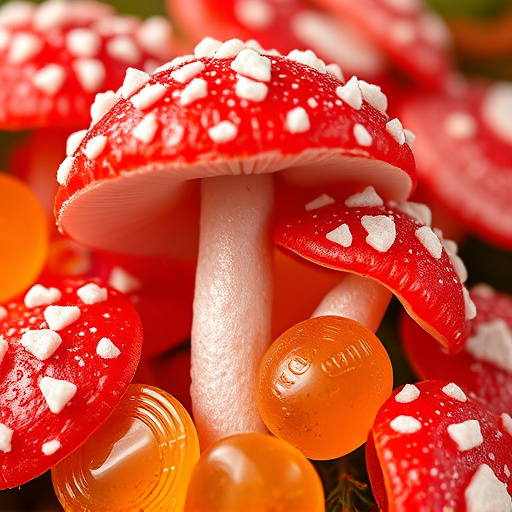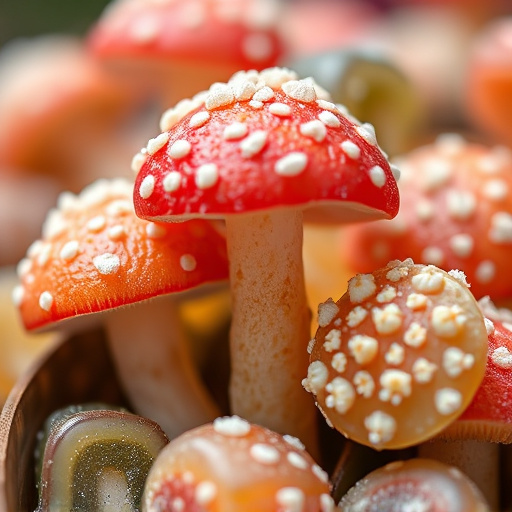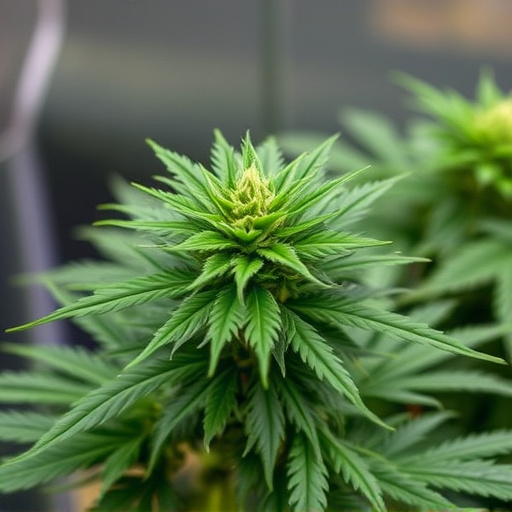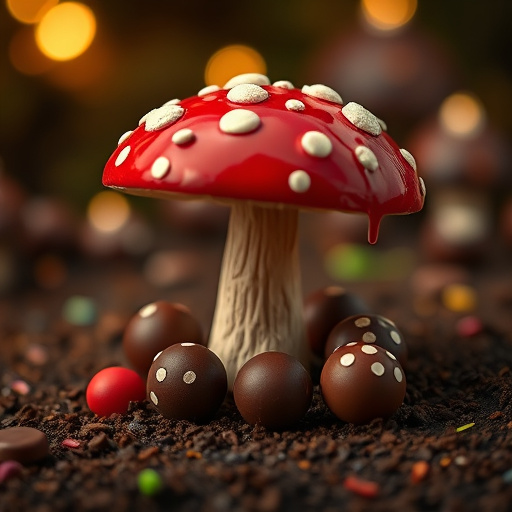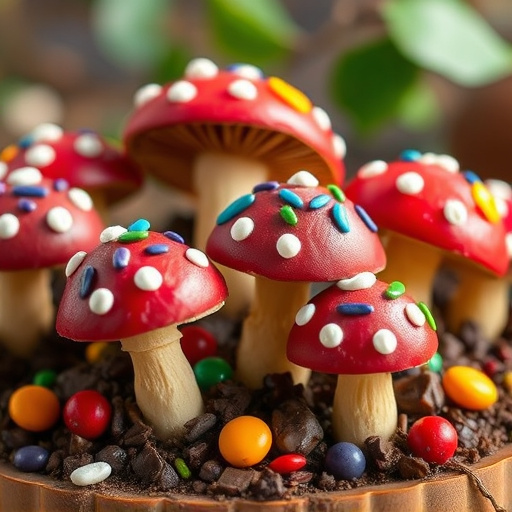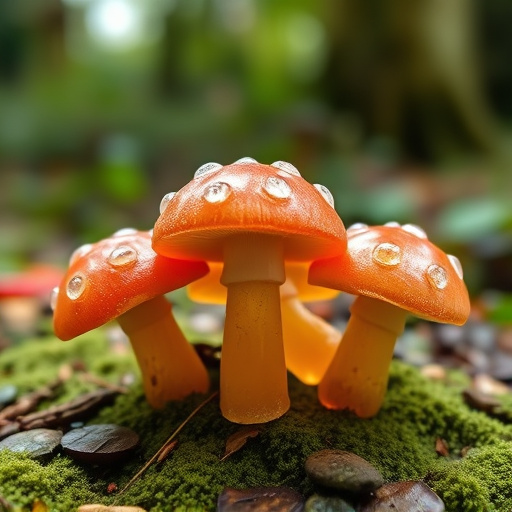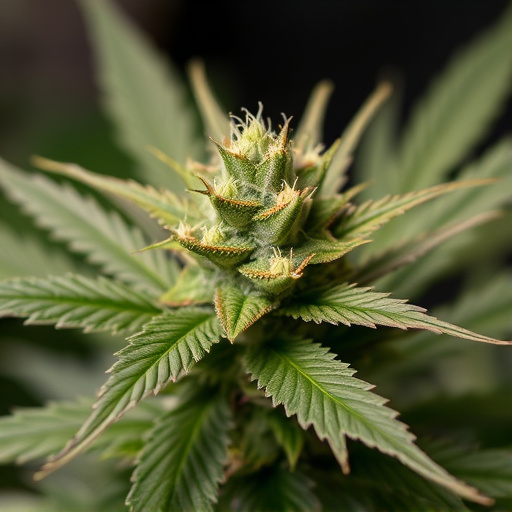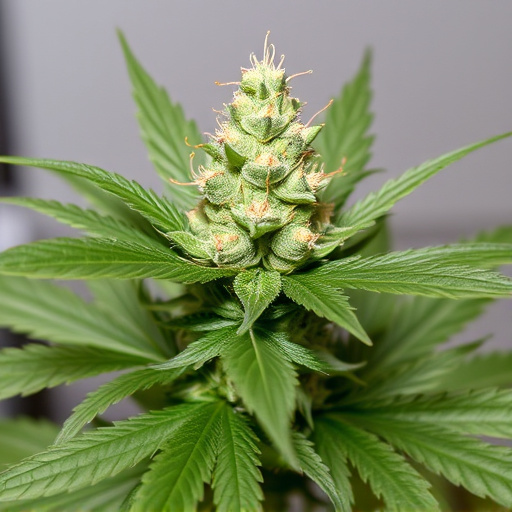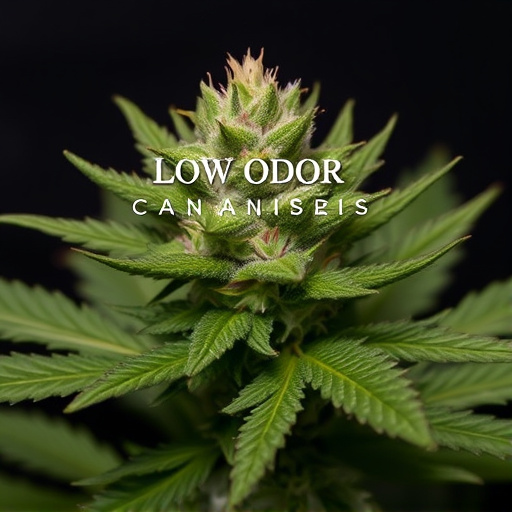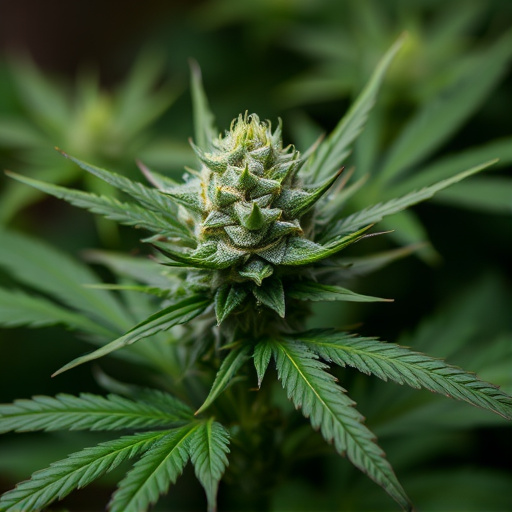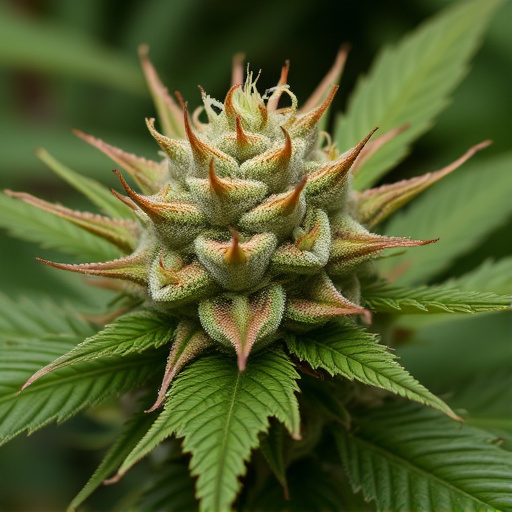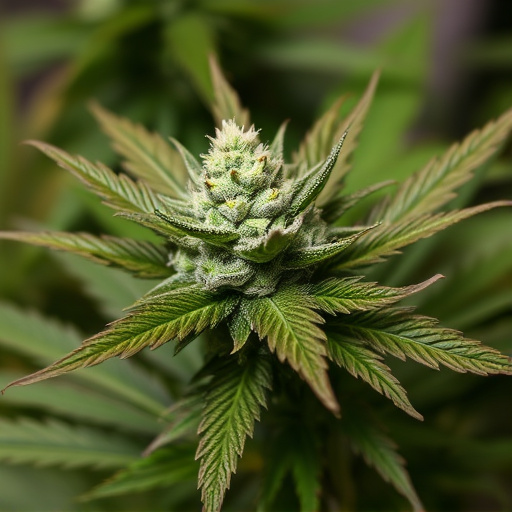Cannabis plants display vibrant colors like purple, red, and blue, primarily due to cannabinoid production and terpene-pigment interactions. Low odor cannabis strains have less intense colors because of reduced terpene concentrations. These strains' unique coloration is influenced by genetic factors, cultivation techniques (soil types, nutrients, climate), and carefully managed practices (irrigation, pruning, harvesting timing).
Uncover the intriguing colors of weed with our comprehensive guide. From purple to red and blue hues, these aren’t just visual delights; they’re clues to a plant’s intricate chemistry. We explore three key elements: understanding cannabinoid production and its relationship with terpenes and pigments, delving into genetic factors that create diverse strains, and examining environmental influences, particularly on low odor cannabis strains. By the end, you’ll appreciate the complex interplay behind these captivating colors.
- Understanding Cannabinoid Production: The Role of Terpenes and Pigments in Color Formation
- Genetic Factors: How Different Strains Contribute to Varied Colors
- Environmental Influences: The Impact of Soil, Climate, and Cultivation Techniques on Weed Coloration, Especially Low Odor Cannabis Strains
Understanding Cannabinoid Production: The Role of Terpenes and Pigments in Color Formation
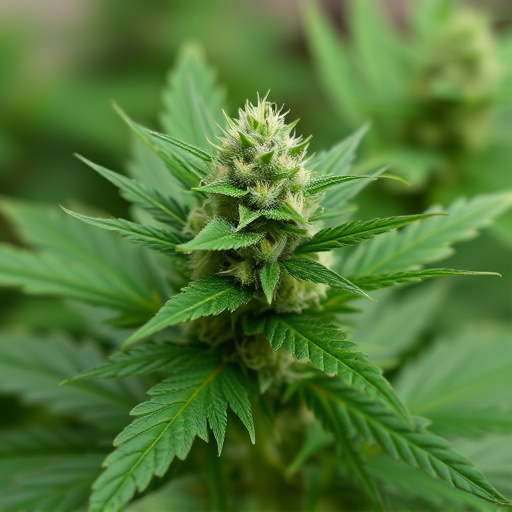
Weed, or more scientifically known as Cannabis sativa, exhibits a wide range of colors, with purple, red, and blue hues being particularly intriguing. Understanding the causes behind these colors requires delving into the complex world of cannabinoid production and the intricate interplay between terpenes and pigments.
Cannabinoids, such as THC and CBD, are responsible for many of cannabis’ effects on the body and mind. However, their production is not the sole determinant of color. Terpenes, a class of volatile organic compounds, play a significant role in both scent and flavor, adding aromatic nuances to different cannabis strains. These terpenes also influence the visual appearance by interacting with pigments present in the plant. For instance, myrcene, a common terpene known for its earthy scent, is linked to darker colors due to its ability to enhance the production of anthocyanins, pigments responsible for red and blue hues found in many plants, including cannabis. Low odor cannabis strains often have less prominent terpenes, which can result in less intense color expressions.
Genetic Factors: How Different Strains Contribute to Varied Colors
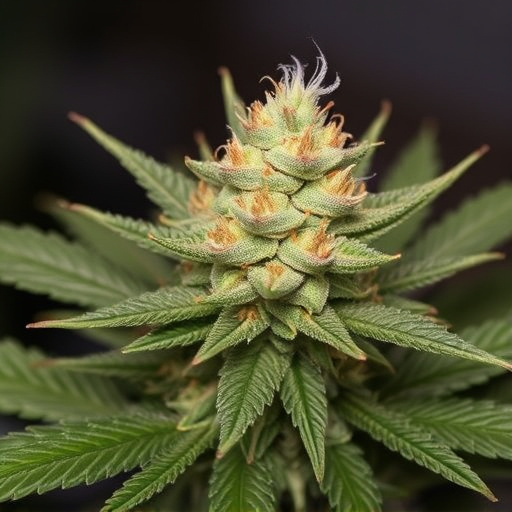
The colors of weed are largely determined by genetic factors, with different cannabis strains contributing to the vibrant range of hues found in the plant. Each strain carries unique genetic makeup that influences the production and distribution of pigments, resulting in variations of purple, red, and blue. These colors serve as visual indicators of the chemical composition and potential effects of the weed.
In particular, low odor cannabis strains often possess distinctive genetic traits that enhance their aromatic profiles while influencing color. Selective breeding and genetic modifications have led to strains with reduced terpenes, which are responsible for much of cannabis’ characteristic scents. This process allows for the preservation of vibrant colors without overwhelming odors, appealing to consumers seeking subtler aromas.
Environmental Influences: The Impact of Soil, Climate, and Cultivation Techniques on Weed Coloration, Especially Low Odor Cannabis Strains
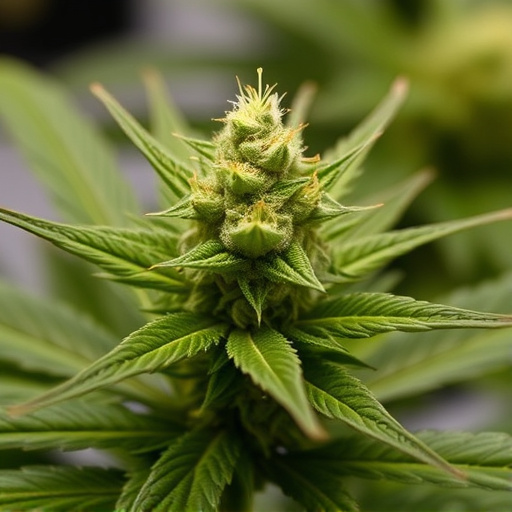
Weed coloration, especially in low odor cannabis strains, is not just a cosmetic factor but is deeply influenced by environmental conditions. Soil plays a significant role; different soil types and their nutrient compositions can lead to variations in weed color. For instance, certain nutrients like nitrogen, phosphorus, and potassium, when present in specific ratios, can enhance or alter the pigmentation of cannabis plants.
Climate also exerts considerable control over weed coloration. Temperature and sunlight exposure affect the plant’s metabolic processes, which in turn impact the production of pigments responsible for colors like purple, red, and blue. Additionally, cultivation techniques such as irrigation methods, pruning practices, and the timing of harvesting can all contribute to the final color of the weed, particularly in low odor cannabis strains that are often cultivated with meticulous care to preserve their unique characteristics.
In conclusion, the vibrant colors observed in purple, red, and blue weed are a result of complex interactions between cannabinoids, terpenes, and genetic factors. Understanding these components is key to recognizing the unique characteristics of different cannabis strains, particularly the desirable low odor cannabis strains. Environmental conditions also play a significant role, influencing the final color and aroma profiles that consumers appreciate. By exploring these aspects, cultivators can enhance their techniques to produce a diverse range of high-quality cannabis varieties, catering to various preferences in today’s thriving market.
